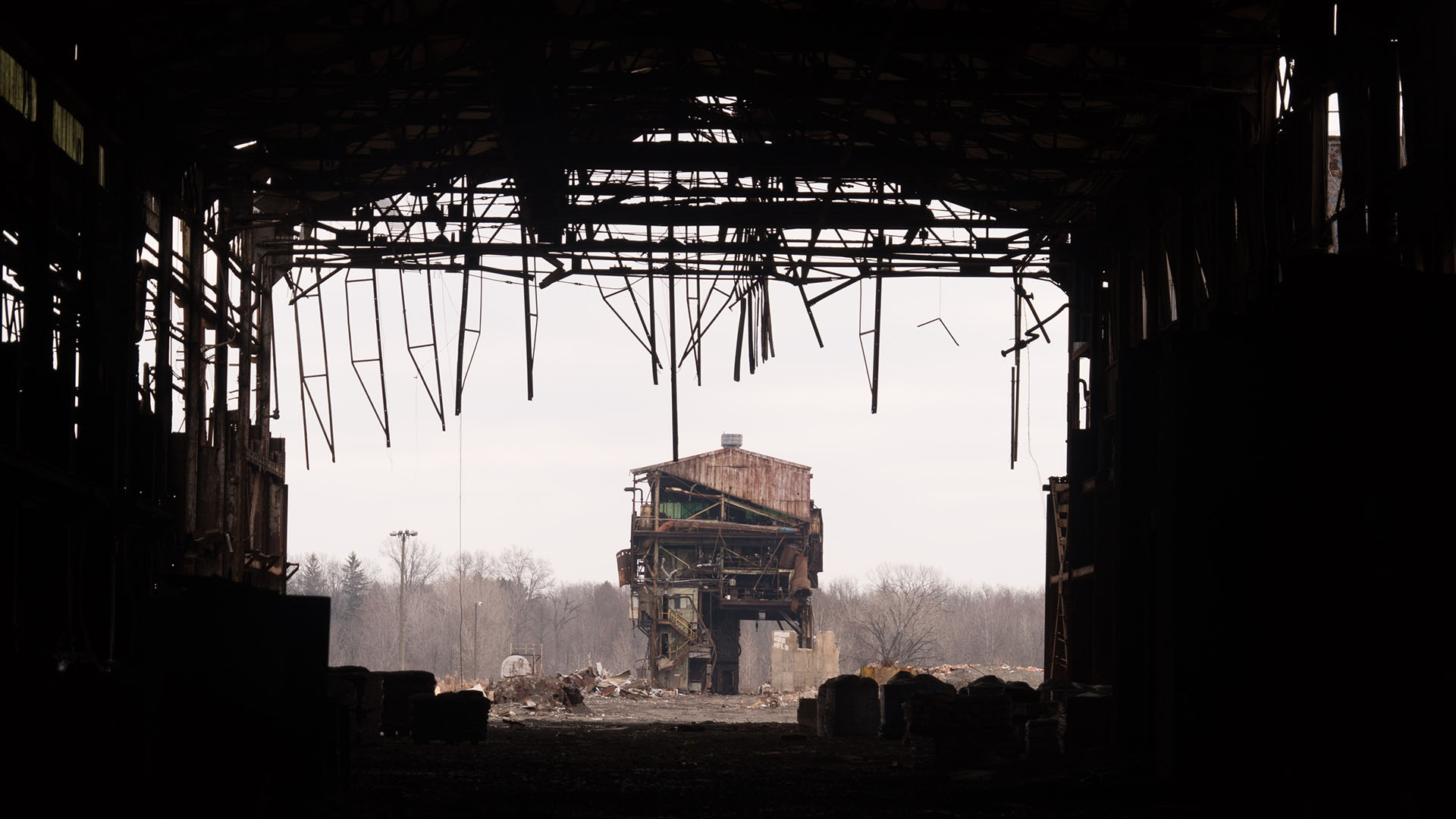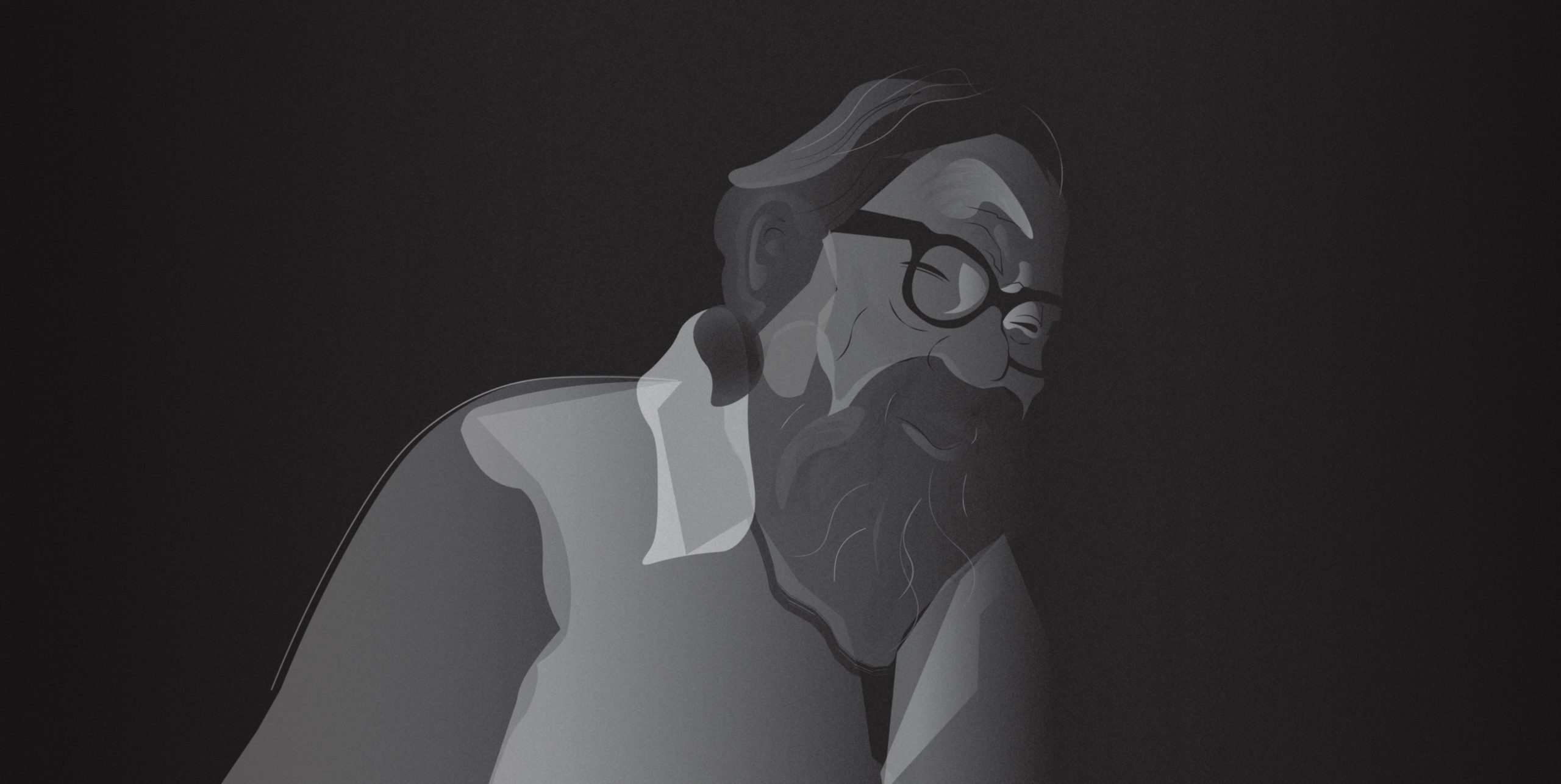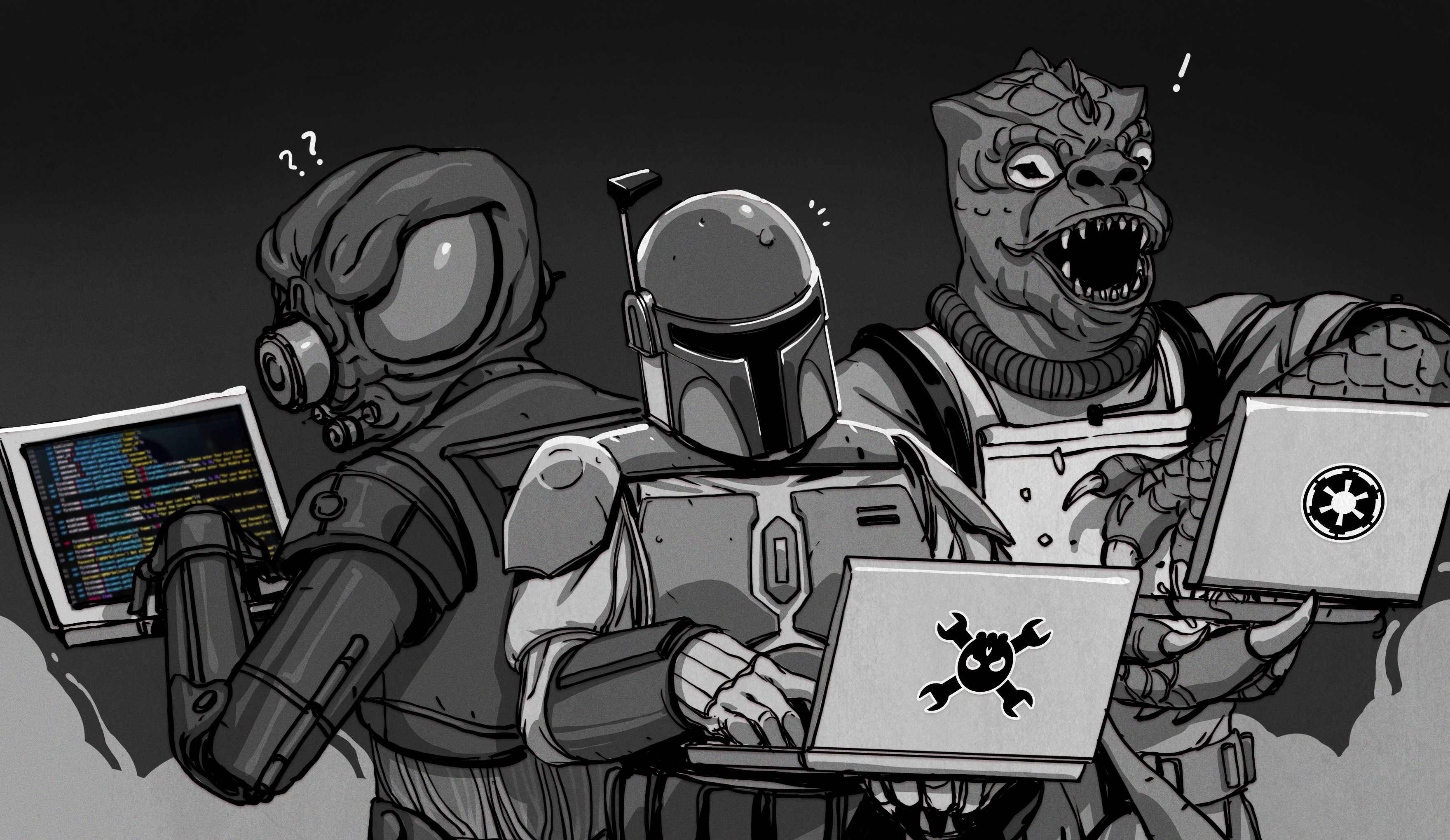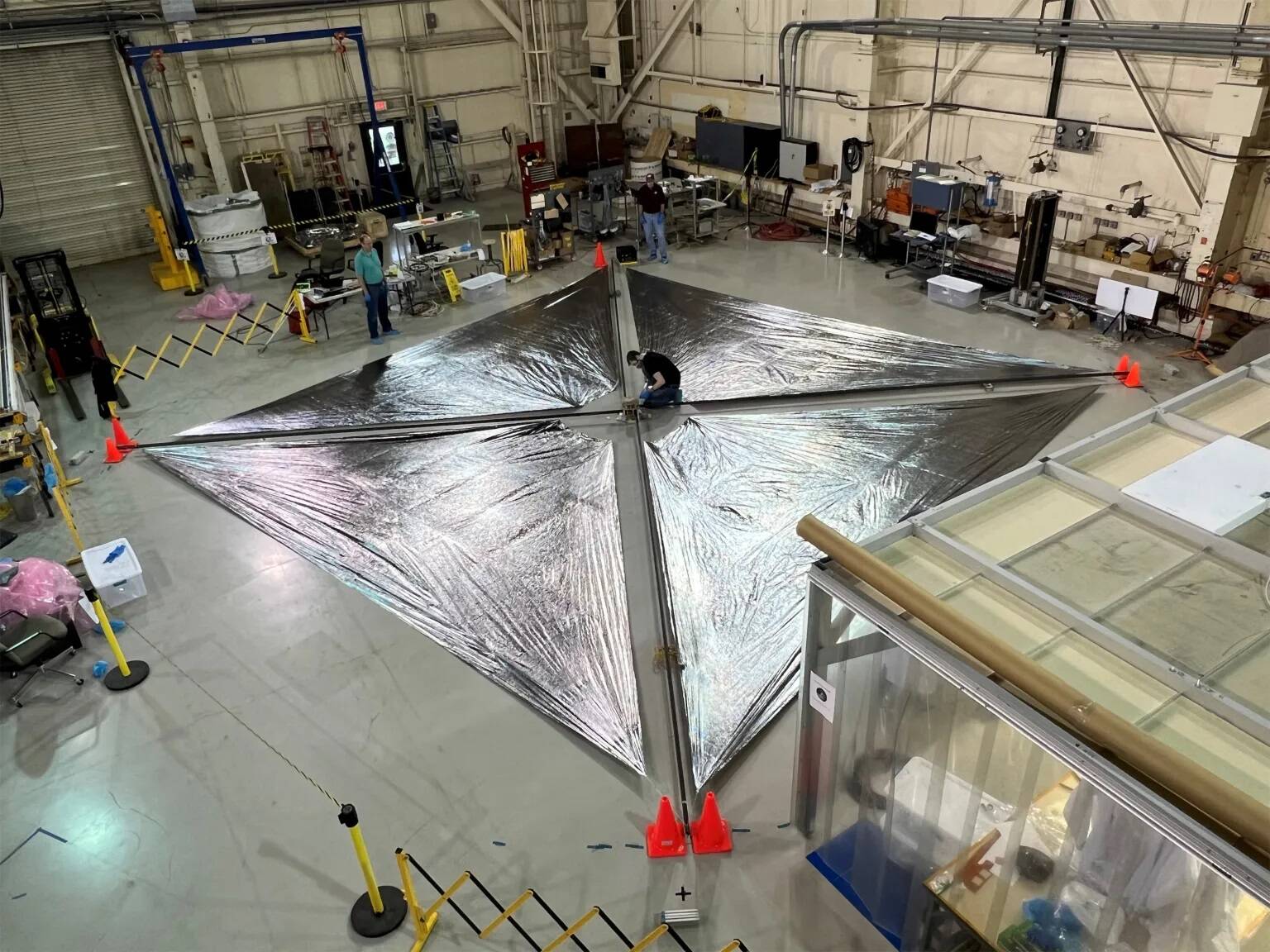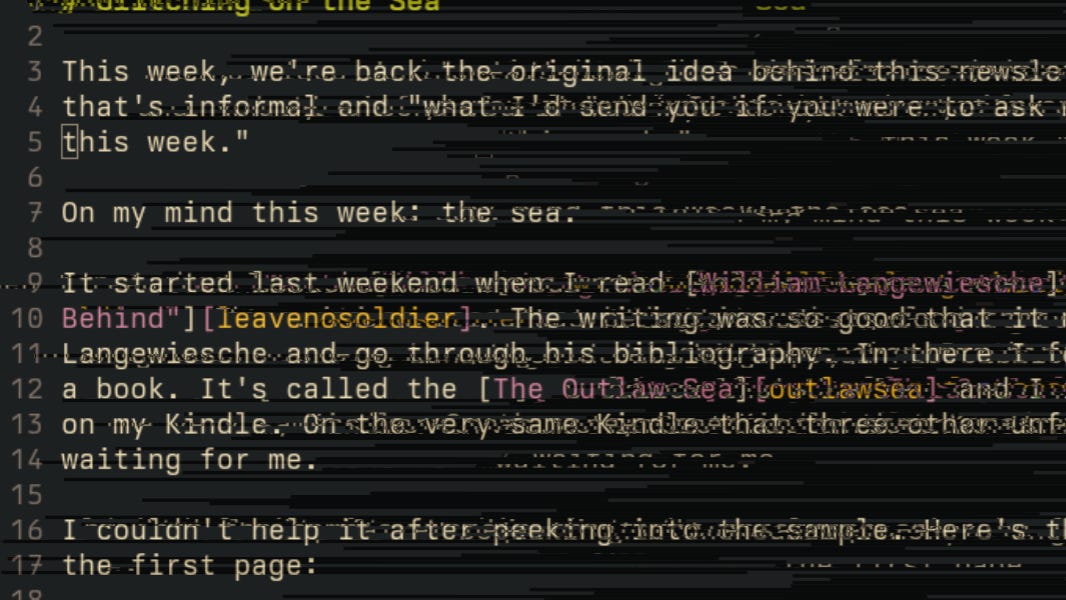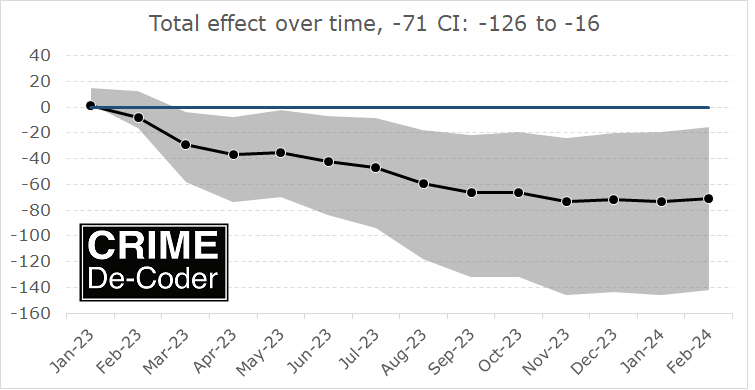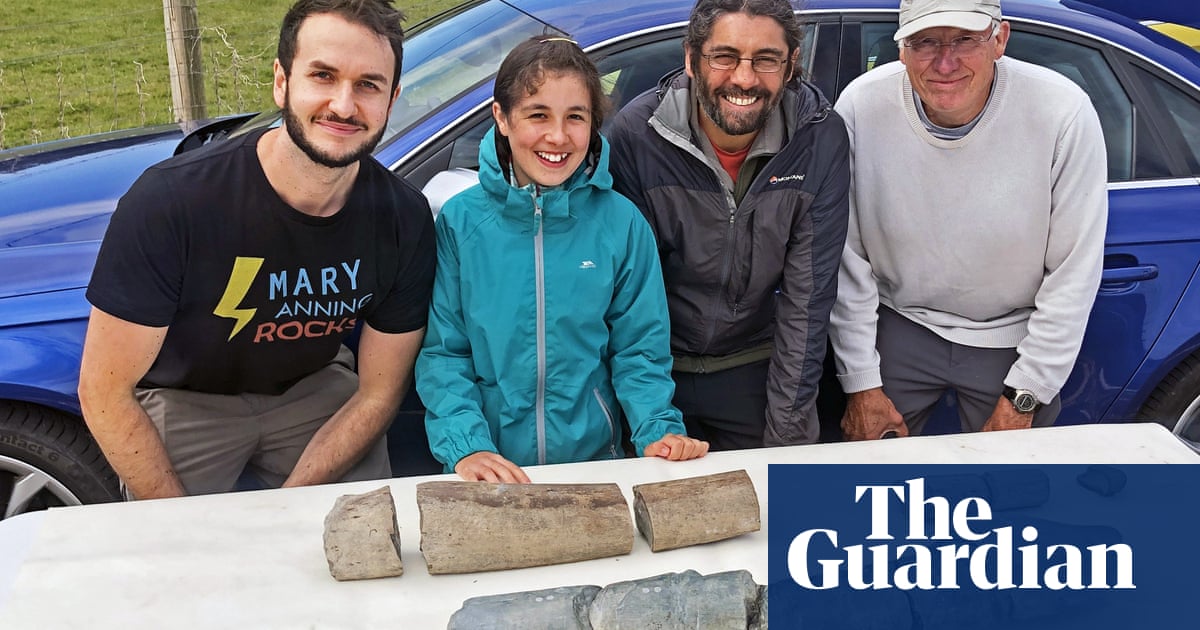The Simulation Dream
This article is a written version of a talk I delivered at Ottawa International Game Conference on June 1 2013. I also posted it on Gamasutra where it got some good discussion, and designer Jiwon Ryu of Nexon translated it into Korean.
There’s an old dream in game design. It drives the design of games like SimCity, Dwarf Fortress, Tropico, The Sims, and Prison Architect. I like to call it the Simulation Dream.
“Nearly everything in the world, from grass to goblins, has a purpose, and not just as cannon fodder either. The ‘virtual ecology’ affects nearly every aspect of the game world, from the very small to the very large. If the rabbit population suddenly drops (because some gung-ho adventurer was trying out his new mace) then wolves may have to find different food sources (e.g., deer). When the deer population drops as a result, the local dragon, unable to find the food he’s accustomed to, may head into a local village and attack. Since all of this happens automatically, it generates numerous adventure possibilities.”
That’s the Simulation Dream – the idea of making a complex simulation of a story world, which creates fascinating emergent stories as powerful as those you might write yourself. The idea bursts with potential. And it appears everywhere. Early in the development of BioShock, that game had an ecology too. There were three parts to it. Splicers would hunt Gatherers, who were in turn guarded by Protectors. The player was supposed to interact with and manipulate this ecology to survive.



